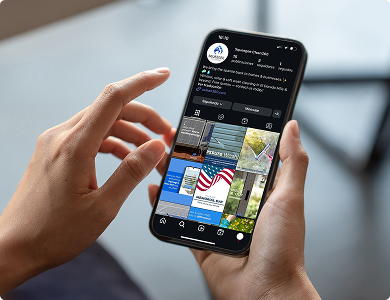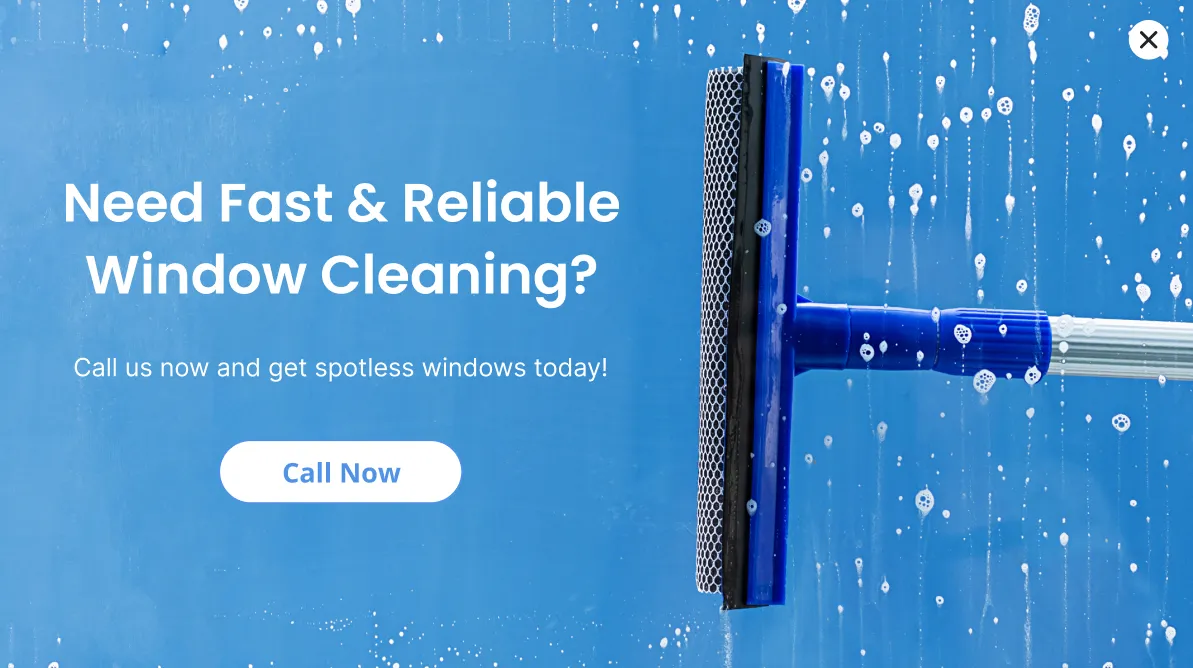Cleaning Tinted Windows: What to Use & When to Hire a Pro
Tinted windows add style, comfort, and privacy to your car or home, but they need a special cleaning routine. Using the wrong method or cleaner can damage the film, leave streaks, or shorten the lifespan of your tint. Whether you’re asking what is the best thing to clean tinted windows with or if it’s worth hiring a professional, knowing the right techniques is key.
This guide covers the best way to clean tinted windows, when to clean them, what products to use, and when to consider calling a pro.
Why Tinted Windows Need Special Care
Tint is applied as a thin film to the glass. This window film can peel, bubble, or discolor if exposed to harsh chemicals. That’s why cleaning tinted windows is different from cleaning untreated glass.
Common mistakes include:
-
Spraying ammonia-based cleaners like traditional Windex (unless it’s labeled as tint safe glass cleaner)
-
Scrubbing with rough sponges or paper towels
-
Letting cleaning solution seep under the edges of the film
Even if you’ve accidentally used Windex on tinted windows, the damage may not show right away, but repeated use can cause the tint to fade or crack.
What Is the Best Thing to Clean Tinted Windows With?
The best cleaner for tinted windows is always ammonia-free and gentle. Many manufacturers recommend specific tint safe glass cleaners designed for this purpose.
What to Use to Clean Tinted Windows
-
Distilled water and mild soap – Simple, safe, and effective
-
Vinegar and water mix – A natural alternative, streak-free if dried properly
-
Tint safe window cleaner – Ammonia-free, made for cleaning tinted window film
-
Microfiber cloths – Trap dirt without scratching the film
-
Soft squeegee – For large tinted glass windows in homes or offices
For cars, the best car window cleaner for tinted windows should be safe on both glass and plastic surfaces.
How to Clean Tinted Glass Windows: Step by Step
Whether it’s cleaning tinted auto glass or home windows with tint film, follow this routine:
-
Dust the Surface
Start by wiping the glass with a dry microfiber cloth to remove loose dust. -
Apply Cleaner to the Cloth, Not the Glass
Spraying directly onto the window can cause liquid to seep under the tint. -
Wipe Gently
For cleaning tinted auto windows, use top-to-bottom motions to avoid streaks. For larger panes, use overlapping strokes. -
Buff Dry
Use a second microfiber towel to polish and leave a streak-free finish.
This method works for cleaning tinted windows inside a car or washing tinted windows in homes.
Can You Use Glass Cleaner on Tinted Windows?
Yes—but only if it’s ammonia-free. Always check labels before using a glass cleaner for tinted windows.
-
Is Windex safe for tinted windows? Only the ammonia-free version. Standard Windex can weaken the tint film.
-
If you’ve accidentally used Windex on tinted windows, rinse with water and switch to a tint safe glass cleaner moving forward.
The best glass cleaner for tinted windows is one that’s specifically marketed as tint safe.
Cleaning Tinted Auto Windows
Cars often need more frequent cleaning due to road dust and fingerprints. For how to clean tinted car windows inside, keep these points in mind:
-
Use a window cleaner for tinted car windows applied to a microfiber cloth
-
Avoid rolling windows down immediately after cleaning
-
For exterior glass, wash gently with soapy water before using a tinted glass cleaner to prevent scratches
The best cleaner for tinted car windows will leave no streaks and protect the film against UV exposure.
Cleaning Windows With Film on Them at Home
Homes with window film for privacy or energy efficiency also need special care. For cleaning windows with film on them:
-
Use a tint safe glass cleaner
-
Avoid high-pressure sprays near the film edges
-
Stick to microfiber towels or squeegees
For newly installed film, wait at least 30 days before cleaning to avoid lifting the edges.
When to Clean Tinted Windows
So, how often should you clean tinted windows?
-
Vehicles: Every 1–2 weeks or as needed, especially in dusty or rainy conditions
-
Homes: Every 1–2 months, depending on the environment
-
Commercial spaces: On a regular schedule to maintain professional appearance
Freshly installed tint should not be cleaned until it’s fully cured, usually about one month.
What Do Professionals Use for Window Cleaning Solutions?
Professional cleaners use high-quality tint safe glass cleaners and commercial-grade microfiber tools. For cleaning tinted auto windows or tall tinted glass panels, they rely on extension poles, squeegees, and low-residue solutions.
The benefit of hiring pros:
-
They know what glass cleaner is safe for tinted windows
-
They handle large or high windows safely
-
They can combine cleaning with other services like screen or track maintenance
Is Professional Window Cleaning Worth It?
If you’re unsure how to handle your tint or have large glass surfaces, hiring a pro can save time and prevent damage. Professionals are especially useful for:
-
Cleaning tinted auto glass after long trips
-
Washing tinted windows on second stories or high exteriors
-
Maintaining tinted glass windows in commercial buildings
While DIY works for small jobs, professional window cleaning ensures long-lasting results without risking your tint.
Final Tips for Streak-Free Tinted Windows
-
Always use ammonia-free cleaners
-
Microfiber cloths are a must—never use rough paper towels
-
Spray onto the cloth, not directly onto the glass
-
Clean regularly to avoid stubborn buildup
-
For large or hard-to-reach areas, consider calling professionals



